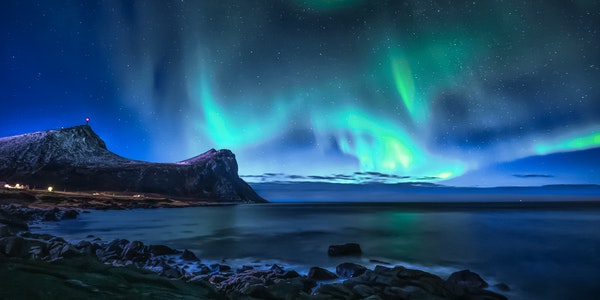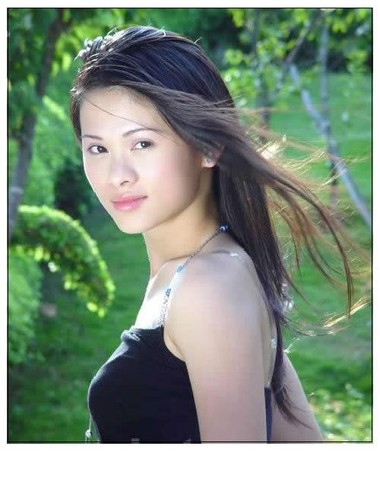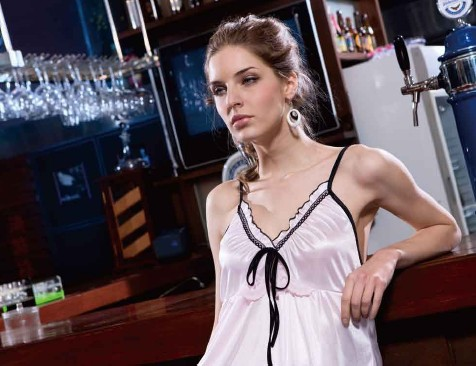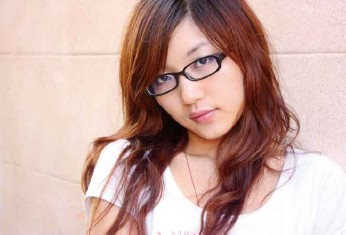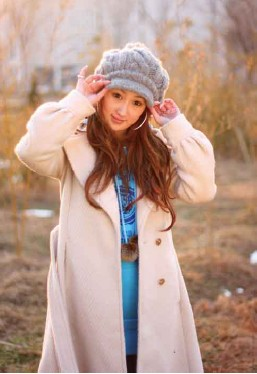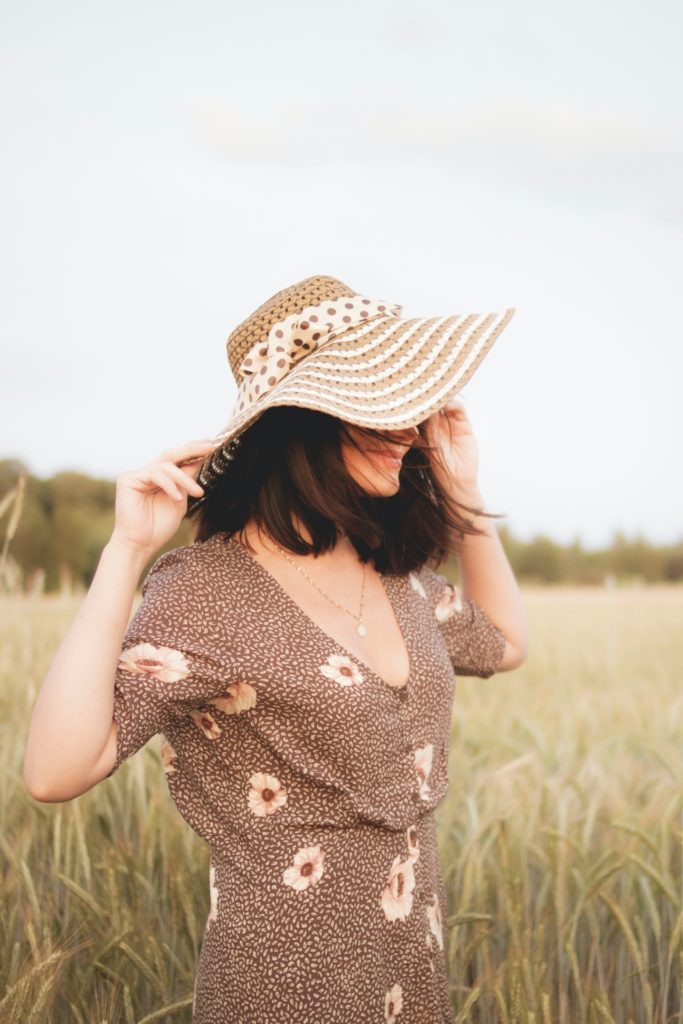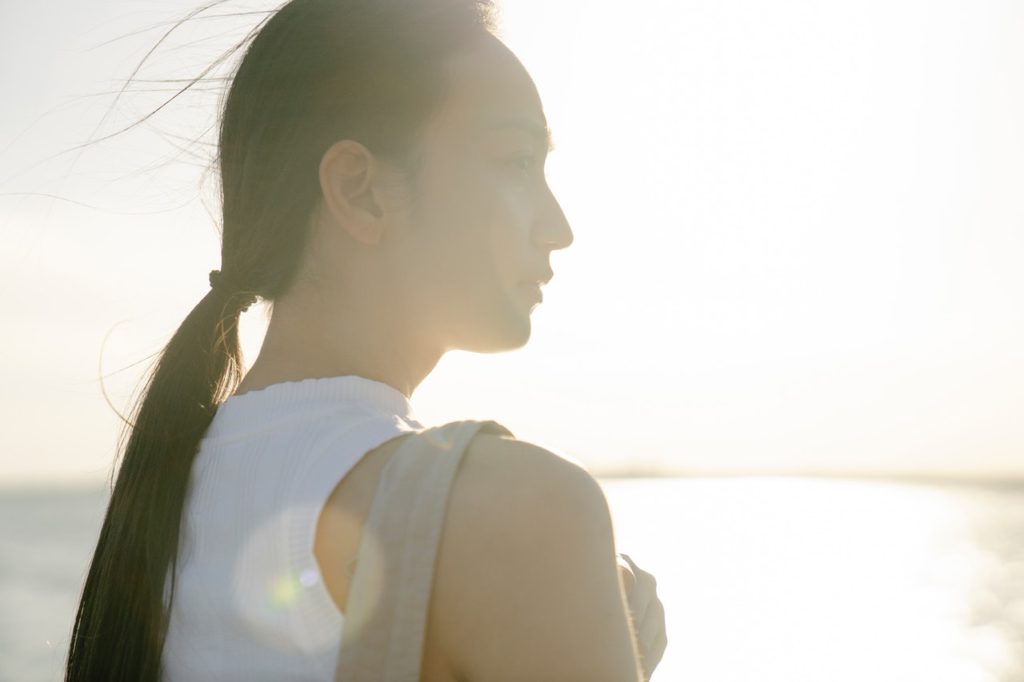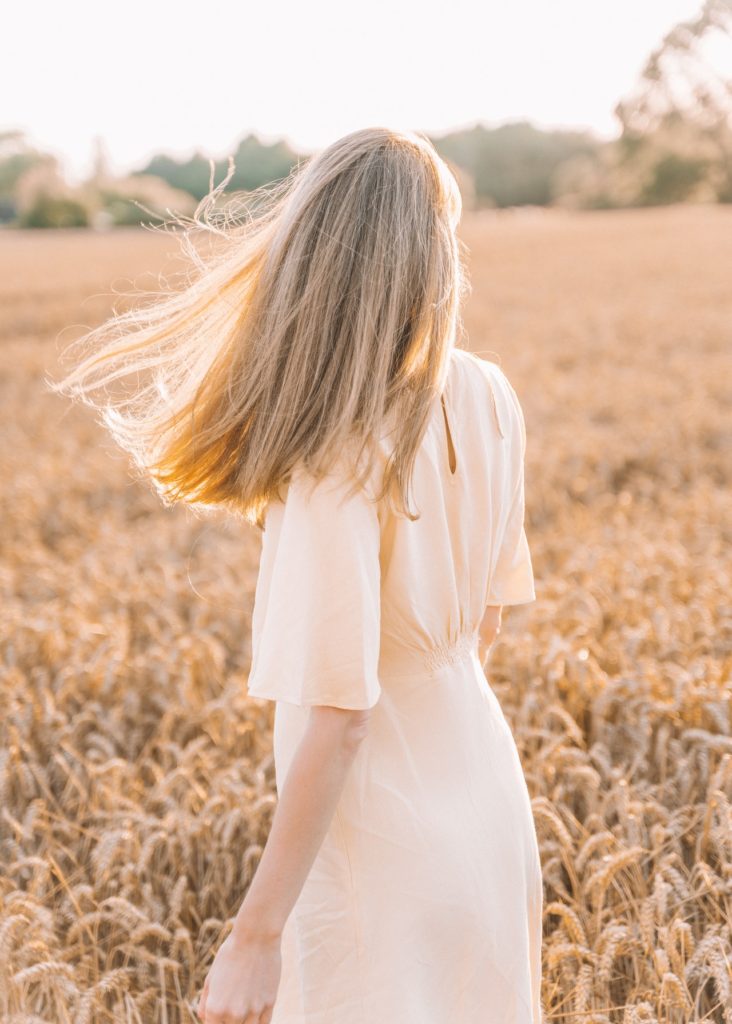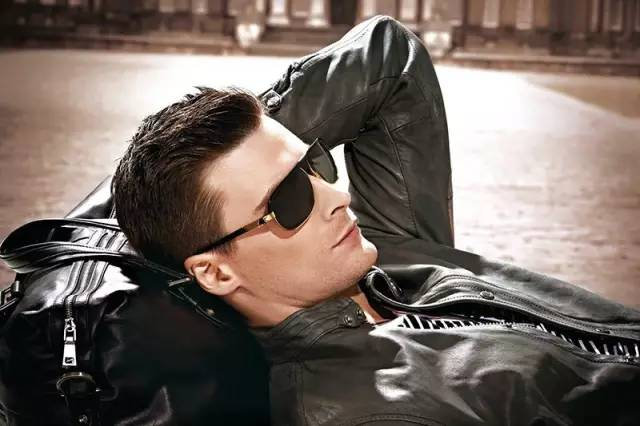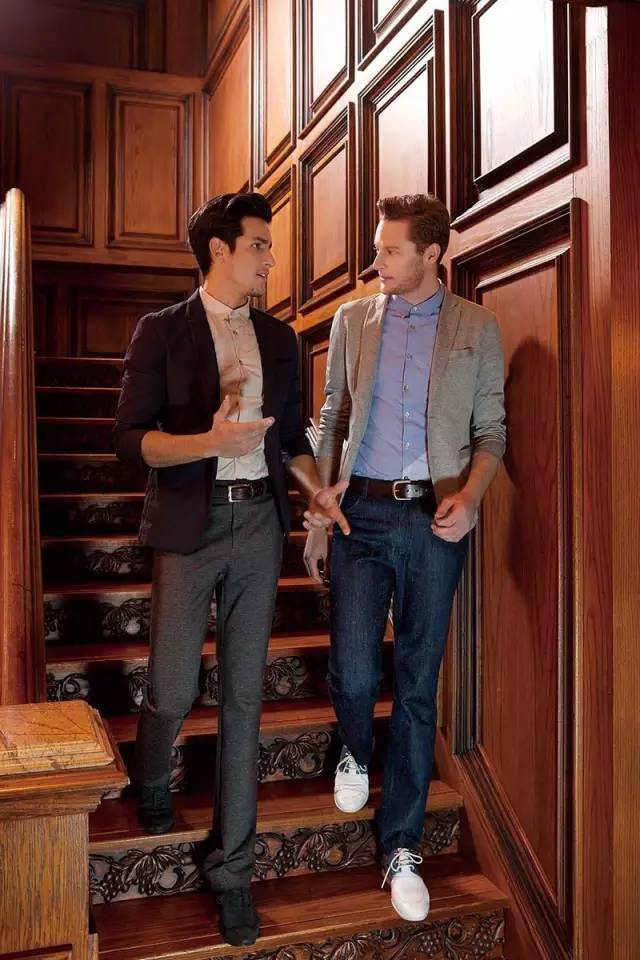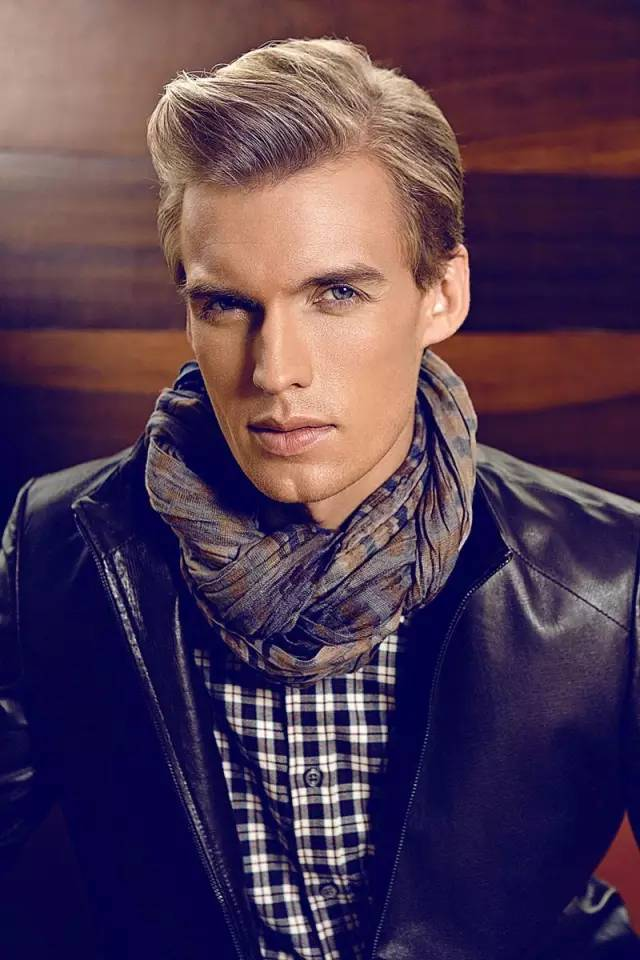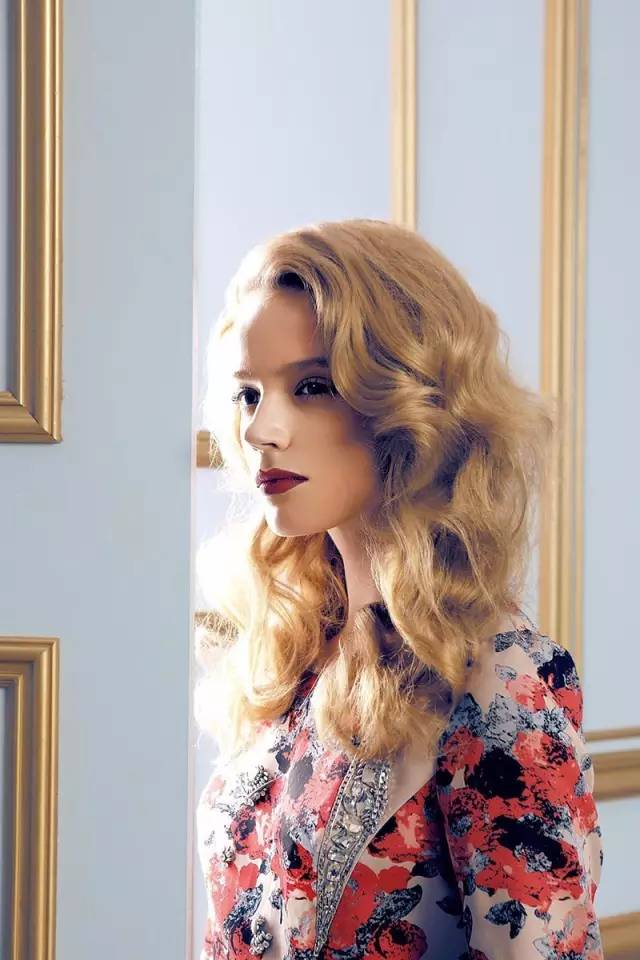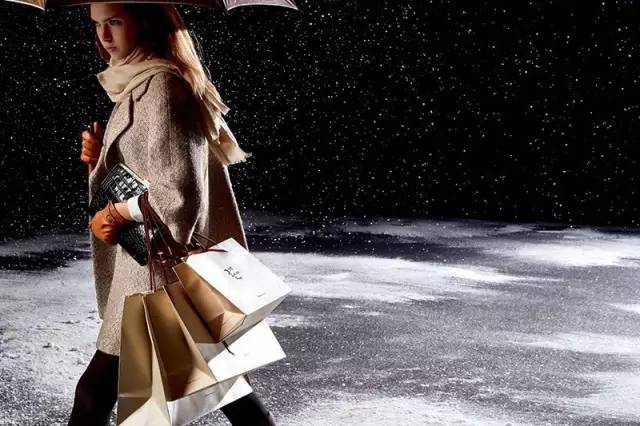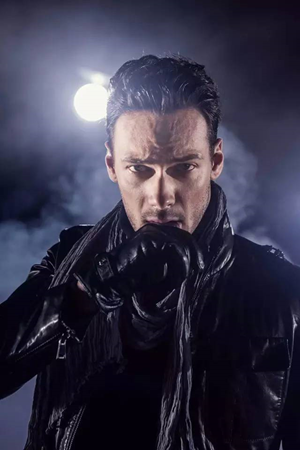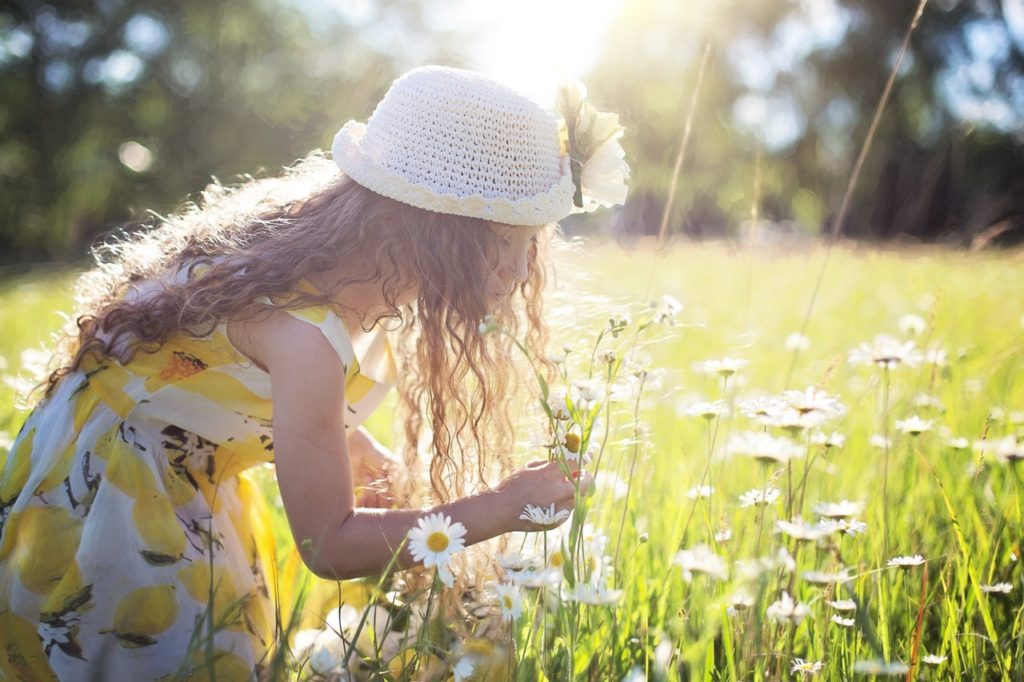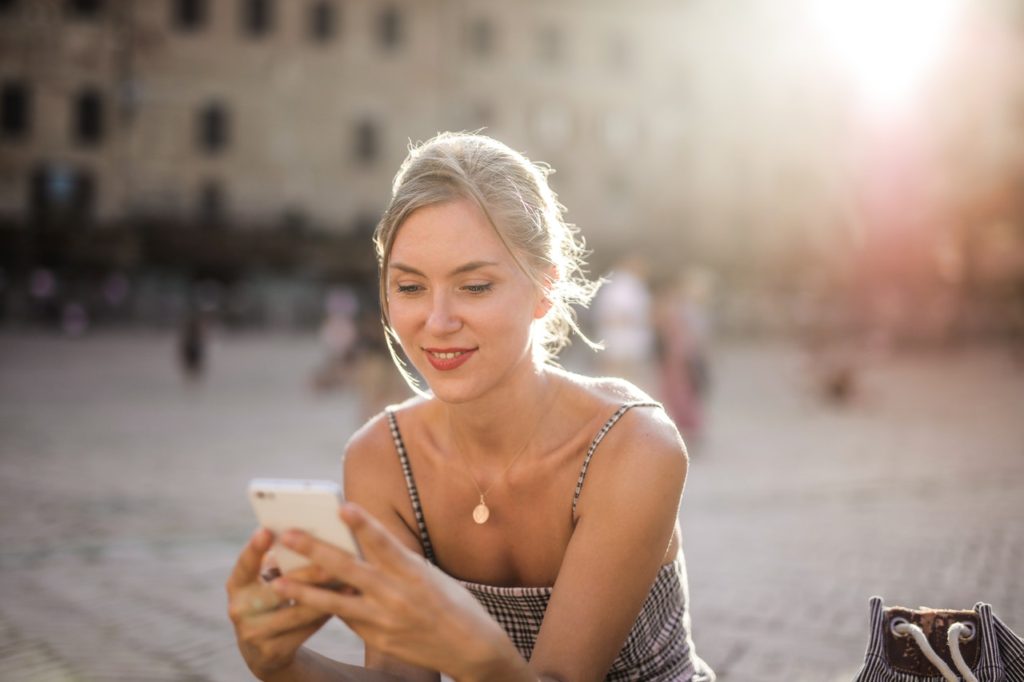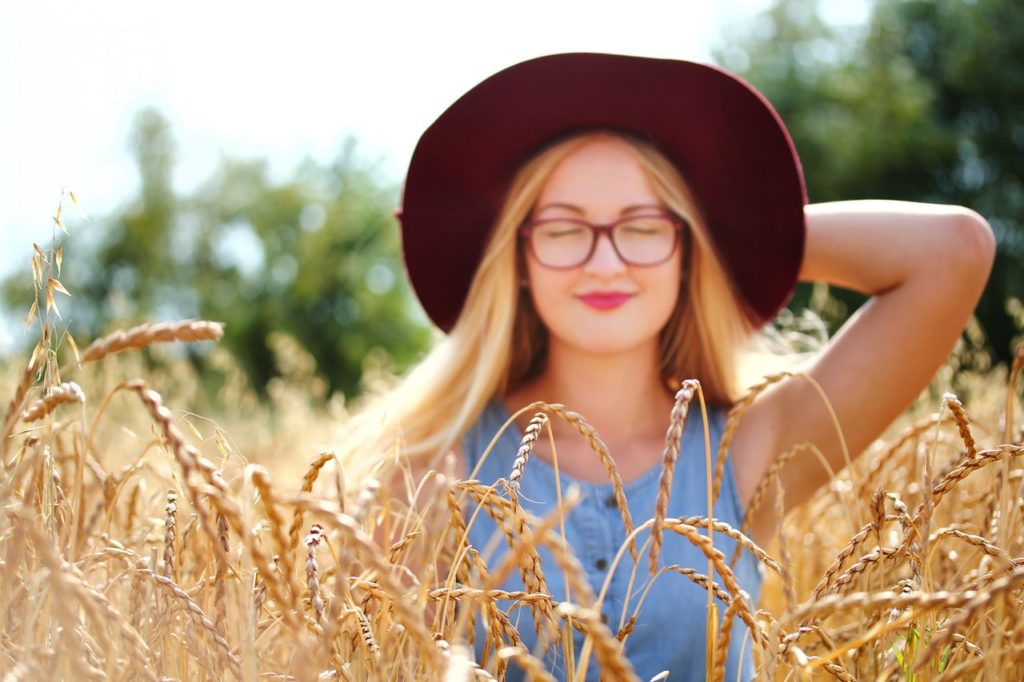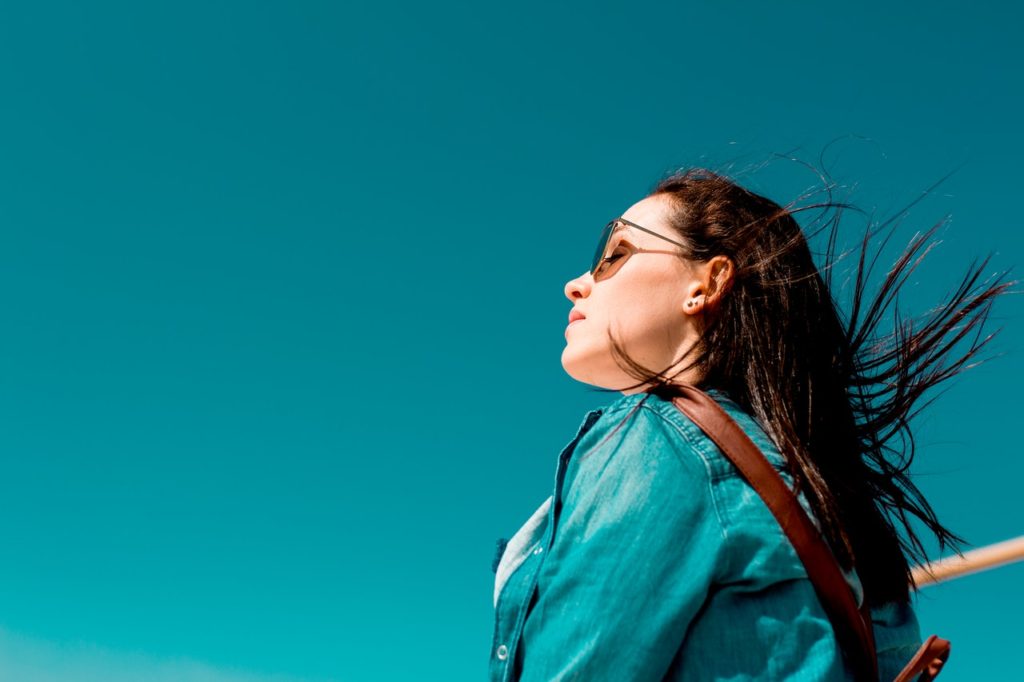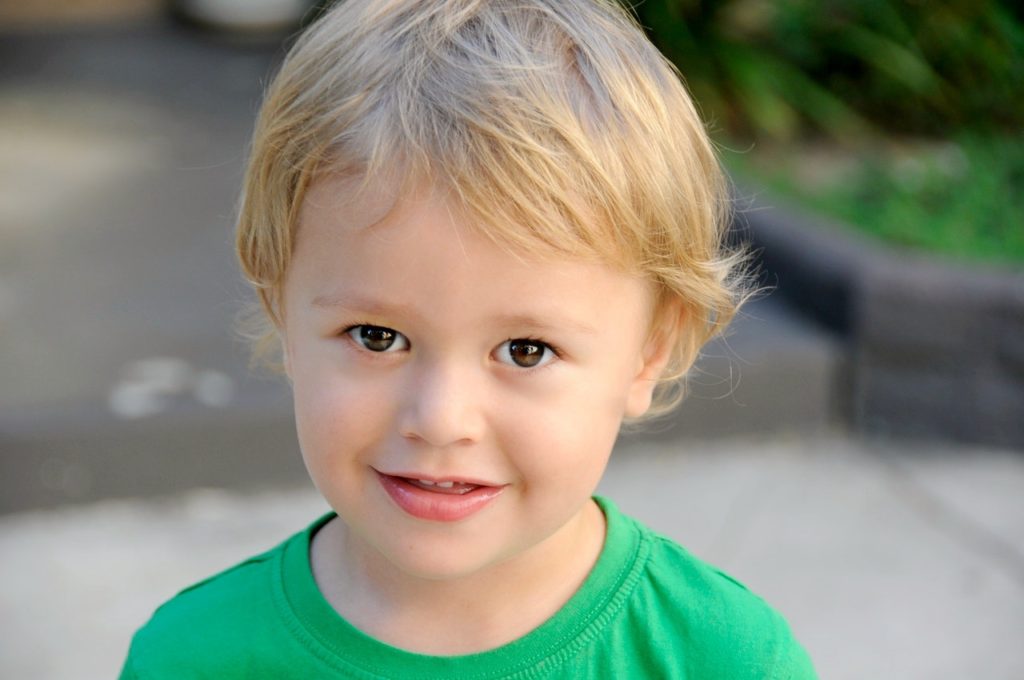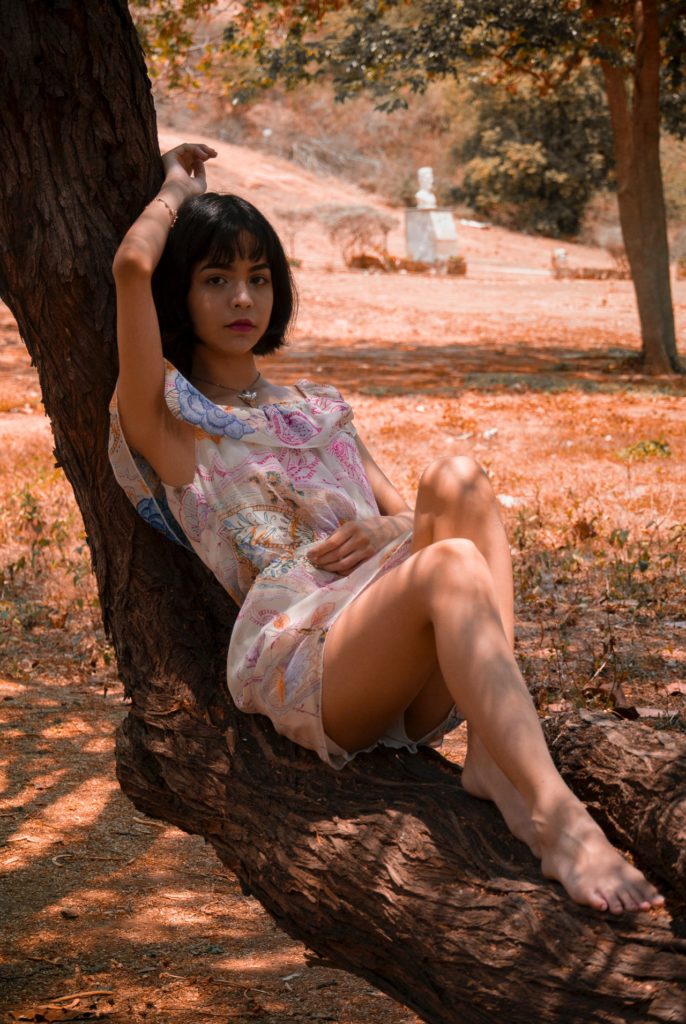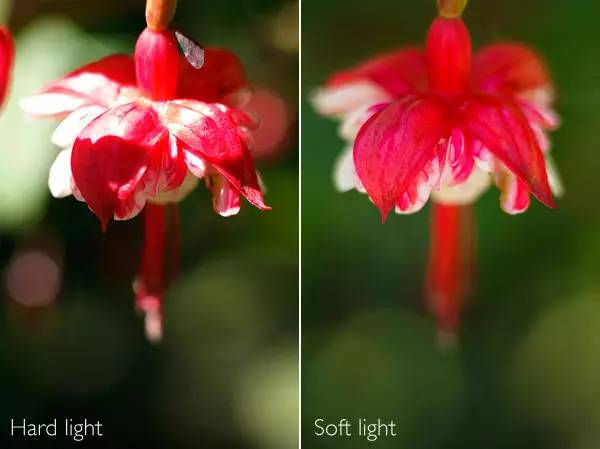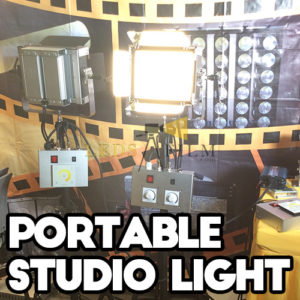Do you want to look for photography opportunities? In addition to those daytimes that can produce fascinating images, you may occasionally hear that some photographers use the afterglow of the sunset or the sunlight before sunrise to shoot—about 30 minutes. How often have you heard about photographers using another 9 to 10 hours to shoot magical outdoor night scenes? This is really a shame. Lack of imagination will be the most fatal weakness in working as a photographer.
For night scene photography, every shot requires careful planning. Because we usually don’t see the results until the negatives are developed, we have to conceive the photos to be taken in advance, and then design a shooting plan to achieve this goal. Think about it, what happens if we open the camera shutter for 10 hours? If we give the foreground enough lighting, and the afterglow in the sky retains the original light effect, what will happen to the scene in front of us?
Photographic Equipment
A sturdy tripod is first and foremost. I used a Manfrotto tripod and modified a tripod for surveying for photography. A shutter release is also necessary, and don’t forget to bring a flash. I think that kind of small flash is great. It uses two AA batteries (the same as those used in my camera and electronic flash) and is very convenient to put in your pocket or camera bag. In addition, there is another thing you can use at any time is a notebook, you can use it to record everything you have experienced.
The magnetic compass is very useful, because if you want to capture the entire trajectory of the stars orbiting the north or south pole, the compass will make it easier for you to design your photos before it gets dark.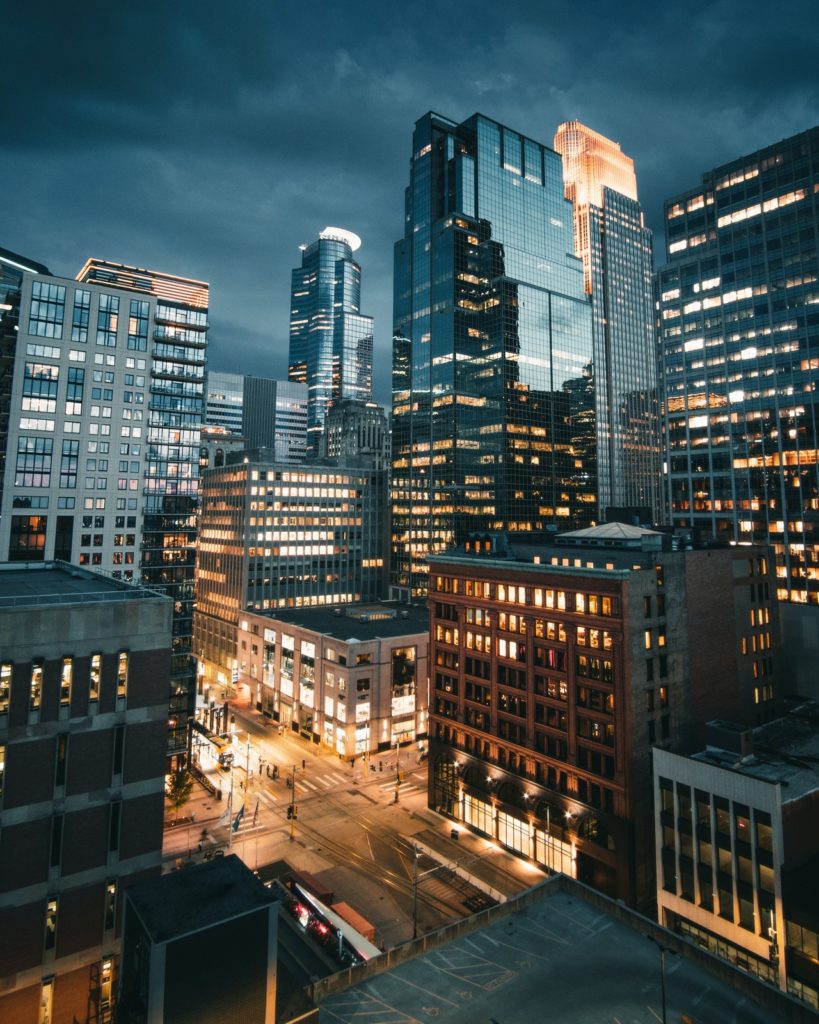
I use a spotlight or an electronic flash to illuminate the subject. As for which one to choose, it depends on the size of the subject.
Most of my night scene photos are taken with a wide-angle lens-a 35mm camera with a 24mm lens, and a 6×6 cm format camera with a 40mm lens. Occasionally, I also use a 35mm camera with a 50mm lens, and a 6×6cm format camera with an 80mm or 150mm lens.
Film
The choice of film depends on personal preference. For short-time exposures, you can use commonly used films. For long-time exposures, you may try to use some other types of films.
All my night scene photos are taken with daylight type reversal film. For this kind of film, the use of electronic flash can achieve good color reproduction, and the use of spotlights will have some yellowishness. For many of my subjects, this is not a problem-the stone doesn’t care about this color cast. However, sometimes I also add a light blue gel film in front of the spotlight. This can make the flash closer to white light, but will lose about 1/3 of the amount of light.
Give it a try
Afterglow: When the sun just sets, the afterglow of the sunset doesn’t look very spectacular, but its beauty and glory will gradually be revealed. Then it will quickly disappear into the darkness. The photos taken at this time have almost no shadows (most of the sky is like a huge light box) and show a warm tone (because the sky is usually orange at this time).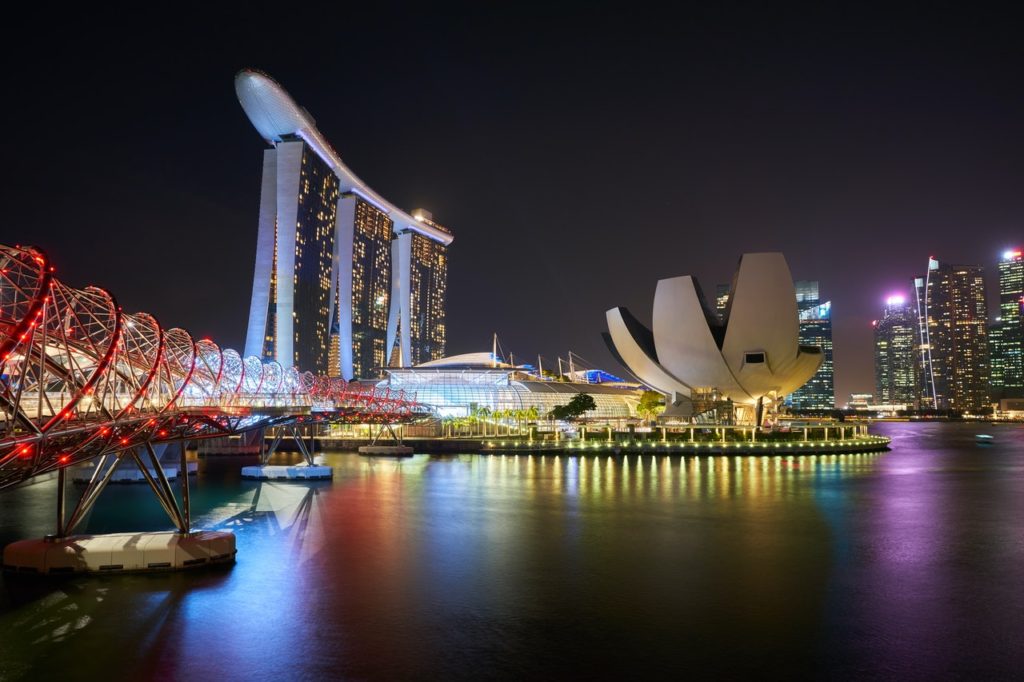
Maybe a telephoto lens that is not too long will be useful at this time. In this way, more brilliant afterglow can be incorporated into the lens, and the black sky can be reduced at the same time. Objects in the foreground can be photographed as silhouettes or illuminated with artificial light. If you decide to brighten the foreground, then the action must be fast so that the afterglow in the background is not overexposed. The above suggestions are also suitable for shooting sunsets.
Brighten the foreground: If you need more time to illuminate the foreground, try a double exposure. Put the camera on a sturdy tripod and correctly expose it according to the setting sun for the first time. When it’s dark enough at night, turn on the camera for regular exposure, while illuminating the subject with a spotlight until enough. Between two exposures, during the second exposure, when you set the shutter speed to Bu, be careful not to move the camera.
Moonlight: You can easily take pictures of the moon every moment when it goes from full to missing. When the full moon illuminates the earth, I use ISO 100 film, f/4, 15-60 minutes exposure. (At this time, the moon is used as the main light source, not part of the composition).
Pay attention to the orientation of the camera, the moon may move to the front of the camera during the exposure process, which is extremely unfavorable for shooting, so you need to use a hood. If moonlight hits the lens directly, it will cause flare.
Moonlight, plus flash or spotlight, can also be used to control the contrast between the foreground and the background. If you use artificial light to illuminate the foreground object and the exposure is correct, the density of the background of the film (lit only by moonlight) will change with the length of the exposure time.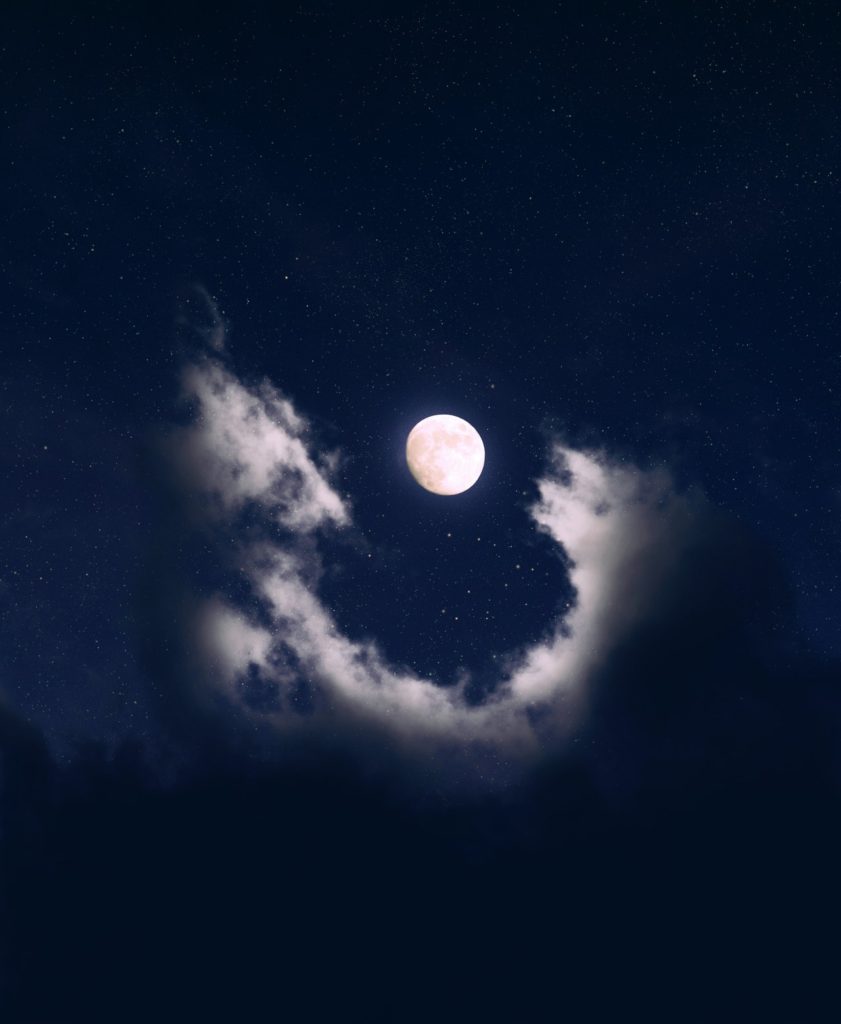
Moonlight can also be used as a light source. In some cases, people will not suspect that the photo was taken at night. Moonlight is the reflection of the sun on the surface of the moon. It is not exactly the same color as the light at noon, but the difference is subtle.
People often see landscape photos with a bright moon added later. You can also add more than one moon to illustrate how the moon rises.
In order to achieve this goal, I use multiple exposure techniques to shoot the basic components or foreground of the picture. It can be a rock. To make it underexposed, use an aperture that is about one stop lower than at sunset.
After dark, mount the camera on a tripod and add the moon to the picture. Pay attention to carefully determine the position of the moon, so as not to make the moon fall on top of a certain foreground detail. To incorporate multiple moons into one film, the exposure must be at least 2 1/4 minutes apart, otherwise the moons will overlap. I found that 5-6 minutes is the best exposure interval. When the full moon is full, I shoot at f/8, 1/125 second (ISO 100), and add a moon to the image every 6 minutes.
Star trails: Another night scene photo I took was to illuminate the foreground with artificial light, and then open the shutter to expose for 10 hours. This means that the sky is not pitch black, but the trails of stars in the blank spaces of the photo.
Such a long exposure can only be attempted at the new moon to avoid overexposure while keeping the sky and the trajectory of the stars in good contrast. Aperture setting between f/5.6-f/2.8 works best, and the foreground lighting is calculated based on the selected aperture.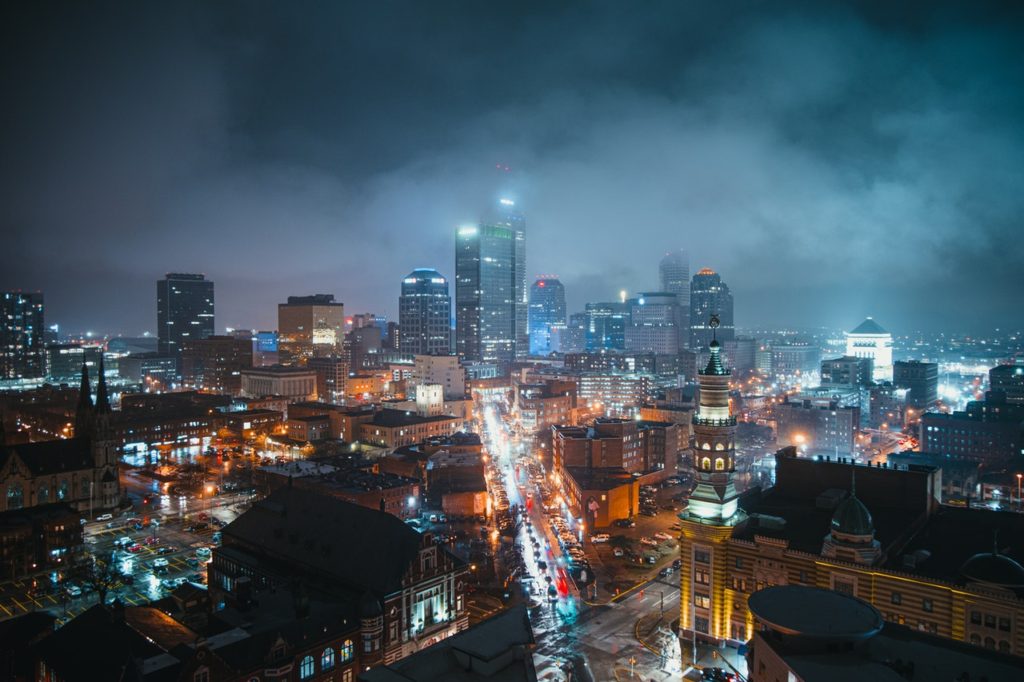
The Use of Light Skills
For subjects such as trees and small rocks, electronic flash lighting is very effective. To illuminate a large subject requires a 12V, 100W handheld lighting device, which is powered by a portable, completely sealed motorcycle battery. In this way, the flash can gradually illuminate the subject, and the whole process can be controlled by itself, from 1 minute to 1 hour.
When using an electronic flash, I did not attach the flash to the camera because it was too dark. I use 1 or 2 flashes around the subject to outline the outline of the subject from different angles. Usually take one side of the subject as an important part, and use more fill light illumination. The subject captured in this way has a three-dimensional effect, without the flat effect caused by the flash from the camera position.
When you use flash photography, you can hide behind trees, rocks or other objects. This is the most reliable way to ensure that your figure does not appear in the lens. To set up the camera during the day, find out the location of the subject you want to illuminate, mark it with rocks, sticks, or other obvious objects, and determine the number of times you need to light each location.
Under normal circumstances, the index of the flash is designed according to indoor conditions and is not accurate outdoors. Outdoors, I usually increase the aperture by 1 1/2 levels to make up for the loss caused by the lack of reflections from walls and ceilings, and subjects like stone buildings are usually darker.
When you want to flash a tree at night, there will always be some problems, so you must use the flash at night when there is almost no wind. Otherwise, the positions of leaves and branches will slightly change with each flash. In order to fully illuminate the entire canopy, some additional flashes are required. Take a small tree as an example: aim the flash at the trunk from the left (the focal length is set at 50 mm), aim at the canopy with 2 flashes (the focal length is set at 85 mm), and aim at the trunk at the right with 2 flashes (50 mm), right The quasi-canopy flashes 3 times (85 mm).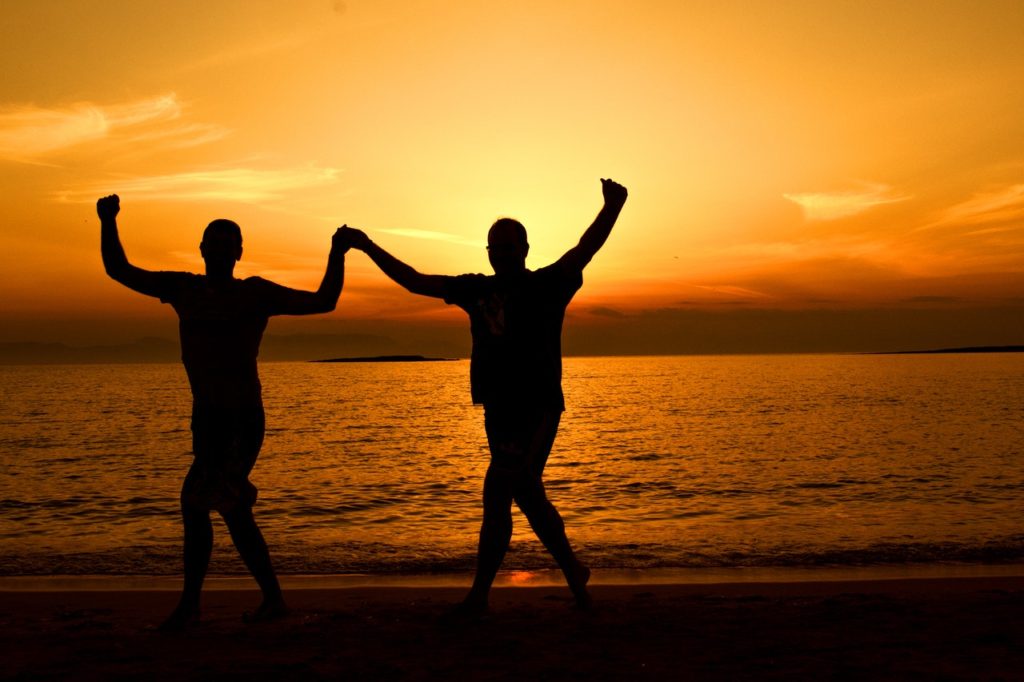
Common Problems with Night Scene Shooting
Dew and fog are really troublesome, but they are not common in some places. I find that they are generally predictable and avoidable. In case of dew, cover the camera with a thin plastic bag. If the dew condenses on the lens, the image will gradually disappear.
For night scene photography, semi-arid areas are more suitable. You can easily find a suitable shooting spot, set up the camera there and wait for it to shoot after dark.
If you are going to shoot star trails with long exposure, clean air is the first condition. Find a place far away from all kinds of pollution caused by dust, fog and city lights, and look for a sky where no planes pass by. If an airplane passes the camera’s field of view during the exposure process, it will produce a frustrating line on the film. Satellites and meteorites may also produce light streaks in photos. You have nothing to do with the meteorites, and if you wait an hour or two when it is dark at night, the satellites can be avoided.
If people don’t know what you are doing, then someone may curiously turn around in front of your camera with a flashlight. This will bring trouble to your shooting, and you must be prepared for this.
At first you may think that the failure of the reciprocal law is a problem, but it is not. You can usually shoot according to the lighting conditions you have used under the same conditions. Remember I mentioned that I need to prepare that notebook?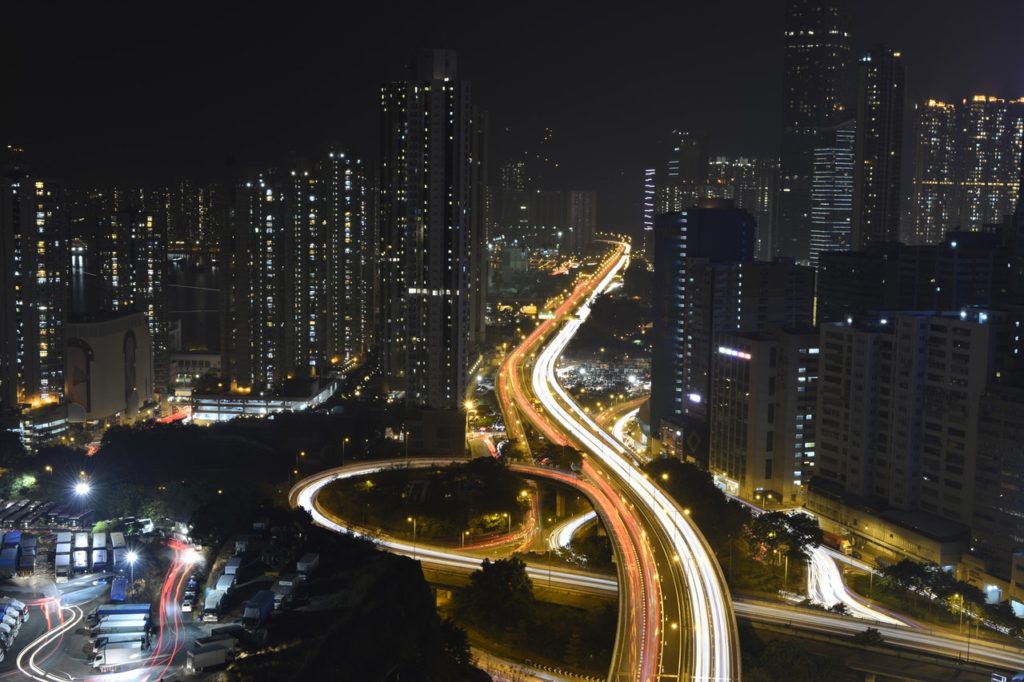
Some Other Tips
The camera is set up at dawn, and it is easier to compose the shot at night. If your tripod is not strong enough, try the following suggestions: Drop something heavy (such as a stone or sandbag) in the center of the stand, press some stones on the legs of the tripod, or fix the legs with tent nails.
Put some rubber bands in your camera bag, and you can tie the camera strap and cable release to the tripod during the exposure process to prevent them from drifting in the wind.
Don’t forget to remove the lens cap. For people who use single-lens reflex cameras, this sounds strange, but the reason is simple: usually when there is still light, we set up the camera and do a series of preparations: make sure the level, framing the picture, and wait for everything to be in place After that, close the lens cover and wait for it to get dark. We started shooting when it was dark, because at this time the light was too dark to observe the viewfinder, so we won’t go to viewfinder again, then you might forget to take off the lens cap. This is why you have to get in the habit of removing the lens cap before starting the exposure.
Once you start taking pictures after sunset, you will soon have other shooting ideas, then in the end, I hope you can achieve more happiness and take more interesting photos by realizing these ideas.
